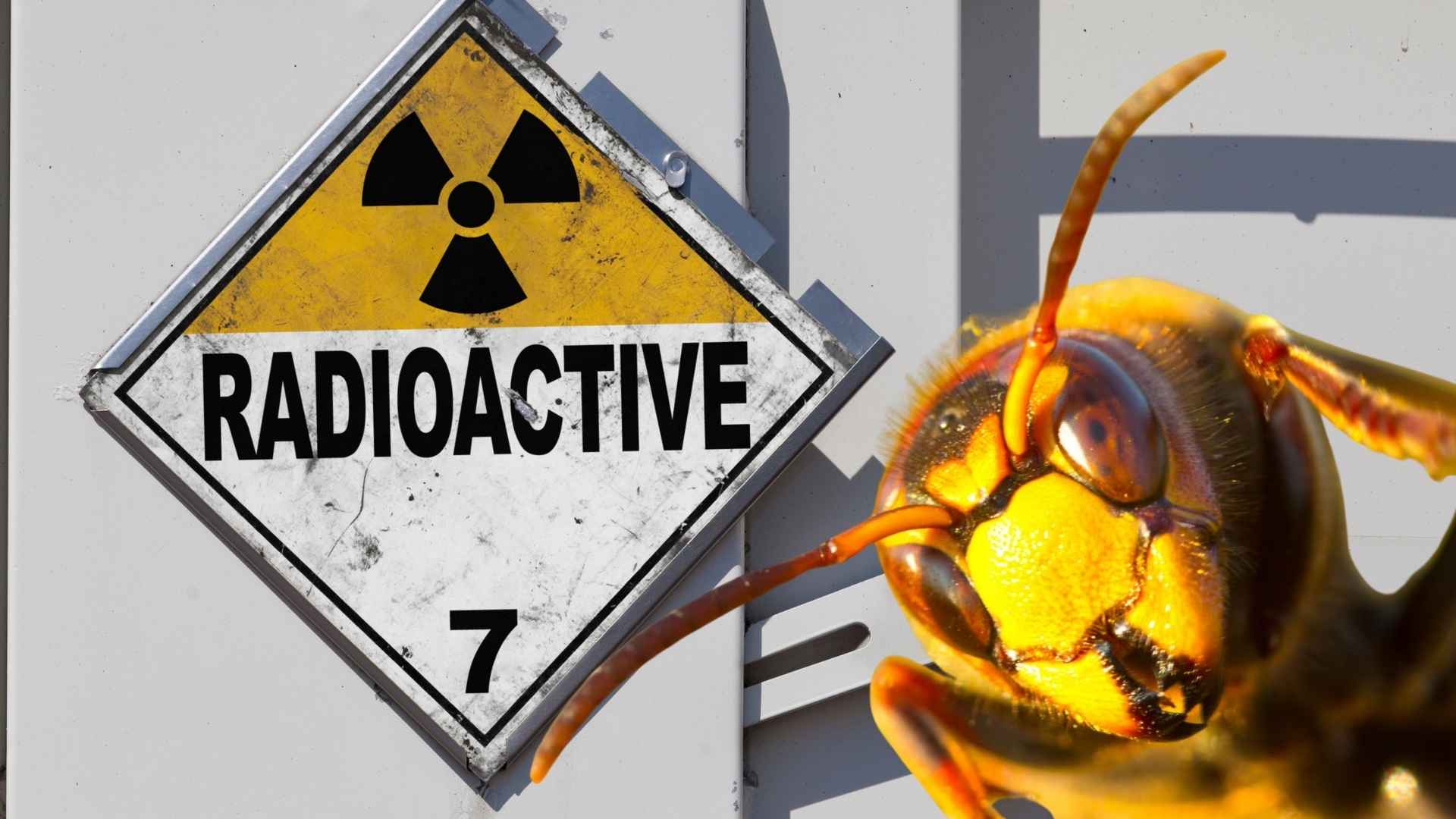Tiny invaders picked up more than ten times the allowable radiation levels, but officials say no people or environment were harmed.
The Department of Energy (DOE) has confirmed that a wasp colony discovered on July 3 inside the Savannah River Site (SRS) carried radioactive contamination exceeding federal limits by more than a factor of ten. The nest, located near underground tanks that store liquid nuclear waste, was immediately sprayed, secured and shipped off as radiological waste, according to a July 22 report.
Discovery sparks questions about safety near legacy nuclear waste tanks
SRS radiological-control staff spotted the mud-covered nest during routine surveys near the center of the 310-square-mile reservation. Tests showed radiation far above the “total contamination” threshold in federal rules. Nevertheless, DOE stresses that surrounding soil registered no radioactivity and that the incident stems from legacy dust, not a fresh leak.
Immediate response at a glance
- Nest discovered: July 3.
- Report released: July 22.
- Peak contamination: >10× limit.
- Action: sprayed, bagged, isolated.
- Impact on workers/public: none.
| Measurement | Federal limit | Nest reading |
|---|---|---|
| Surface contamination (dpm/100 cm²) | 1,000 | >10,000 |
Officials add that no live wasps were present, yet residents wonder: could other colonies be hiding nearby? Officials insist radiation was contained but watchdogs demand clearer contamination answers.
Savannah River Mission Completion, the site contractor, says perimeter checks found zero spread and that “no further action” is required. However, watchdog Tom Clements of Savannah River Site Watch is “mad as a hornet,” arguing that DOE has not explained whether tank leaks or wind-blown residue seeded the nest. His group wants more soil cores and a public briefing.
Site’s Cold War past still shapes today’s environmental cleanup challenges
Built in the early 1950s to make plutonium and tritium for nuclear weapons, SRS now stores millions of gallons of high-level waste in 22 carbon-steel tanks that each hold up to 1.3 million gallons. Although decades of cleanup have reduced risks, surprises like this nest show how historic contamination can resurface in unexpected ways.
Tank farm snapshot
- 22 underground tanks in F-Area
- Capacity per tank: 750,000–1.3 million gallons
- Current mission: stabilize and vitrify legacy waste
Consequently, DOE plans to tighten inspections during peak insect season and to review shielding around ventilation points. Community advocates say they will keep buzzing until sampling data is shared.

